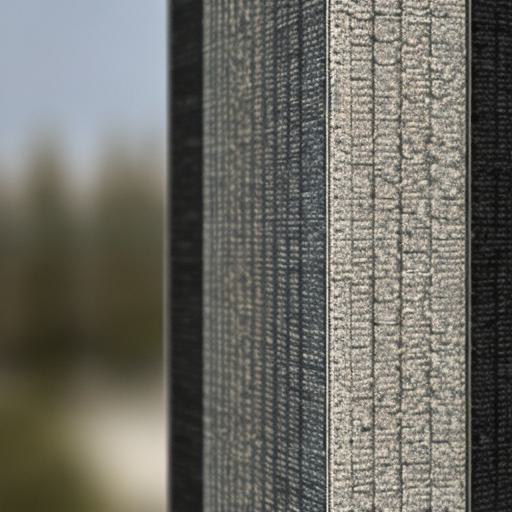Introduction
Unreal Engine 5 (UE5) is a cutting-edge game engine that has taken the gaming industry by storm. With its powerful features, intuitive workflow, and extensive documentation, UE5 has quickly become one of the most popular game engines among developers. In this article, we will explore everything you need to know about game development using UE5. We will cover the basics, advanced techniques, and best practices for creating immersive and engaging games with UE5.
Getting Started with UE5
Before diving into the world of game development with UE5, it’s essential to understand the basics of the engine. Here are some key points to get you started:
- Installation: The first step in using UE5 is to install the software on your computer. You can download the latest version of UE5 from the Epic Games Launcher.
- Project Creation: Once installed, you can create a new project by selecting "Create New Project" and choosing the type of game you want to develop (e.g., 3D platformer, open-world adventure).
- User Interface: UE5 has a user-friendly interface that is easy to navigate. The main window consists of several tabs, including Content Browser, Hierarchy, Animation Graph, and Script Editor.
- Blueprints vs. C++: UE5 supports both Blueprint (visual scripting) and C++ programming languages. Blueprint is an excellent choice for beginners as it allows you to create games without writing any code. However, if you want more control over your game’s behavior and performance, C++ is the way to go.
- Asset Import: UE5 supports a wide range of file formats, including 3D models, animations, textures, and audio files. You can import assets from various sources, such as SketchUp, Blender, Maya, or Photoshop.
Advanced Techniques in UE5
Now that you have the basics down, let’s explore some advanced techniques in UE5.
- Virtual Production: UE5 comes with built-in virtual production tools that allow you to create interactive experiences for live events, product launches, and other marketing campaigns. You can use these tools to create immersive environments, interactive product demos, and even live games.
- Physics Simulation: UE5 has advanced physics simulation capabilities that enable you to create realistic and believable game worlds. You can simulate various physical phenomena, such as gravity, collision detection, and rigidbody dynamics.
- Multiplayer Development: UE5 makes it easy to develop multiplayer games with dedicated server hosting, matchmaking, and cross-platform support. You can create games that run smoothly on any device, whether it’s a PC, console, or mobile phone.
- AI and Machine Learning: UE5 supports AI and machine learning, enabling you to create intelligent game characters and NPCs that react to player actions and adapt to changing game conditions.
- Performance Optimization: UE5 has several tools for optimizing game performance, such as the Profiler, which helps you identify and fix performance bottlenecks in your code. You can also use the Visual Scripting feature to create more efficient and faster-running code.
Best Practices for Game Development with UE5
Here are some best practices to follow when developing games with UE5:
- Keep it Simple: One of the most important principles of game development is to keep things simple. Avoid overwhelming your players with too many features or complex mechanics. Focus on creating a fun and engaging experience that is easy to understand.
- Optimize for Performance: Game performance is crucial, especially when developing games for mobile devices or low-end computers. Make sure to optimize your code for speed and efficiency, and test your game regularly to identify any performance issues.

- Use Modular Design: Modular design allows you to create reusable components that can be combined in different ways to create new game features. This approach can save you time and effort in the long run, as you can easily modify or replace individual components without affecting the rest of the game.
- Collaborate Effectively: Developing a game is a team effort, and collaboration is essential for success. Make sure to communicate effectively with your team members, share progress regularly, and be open to feedback and suggestions.
